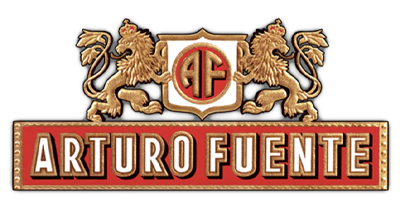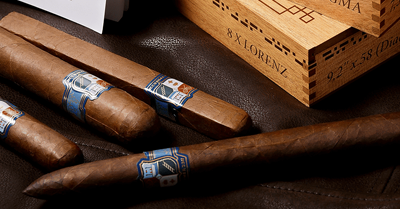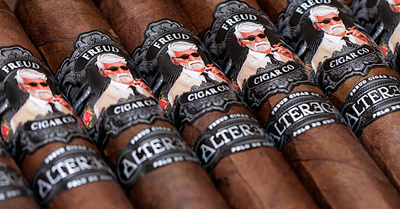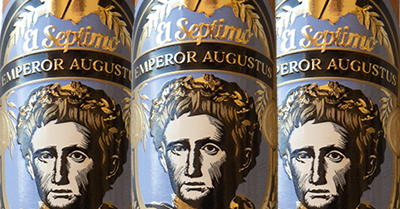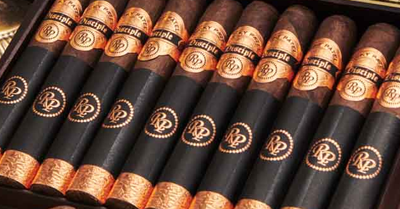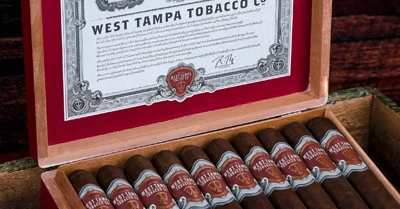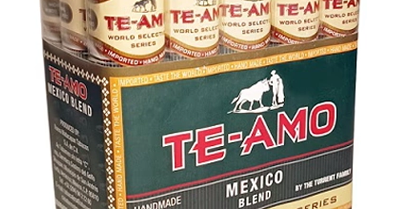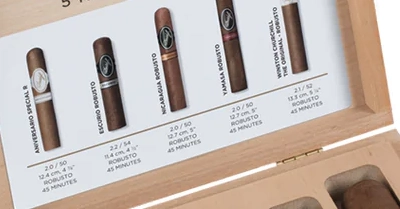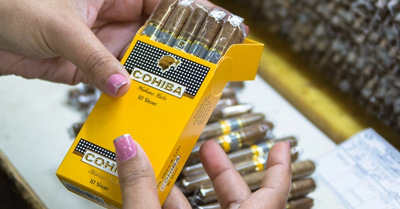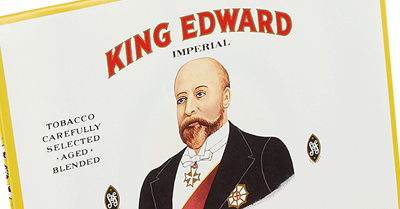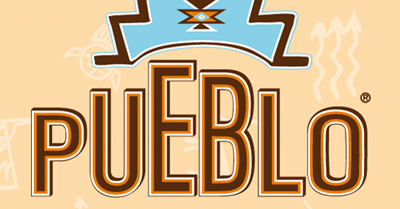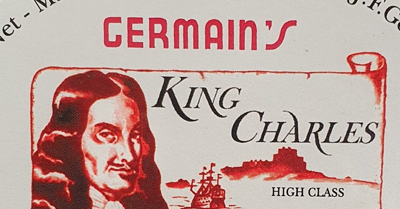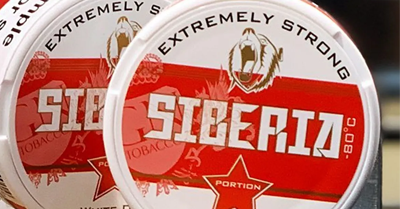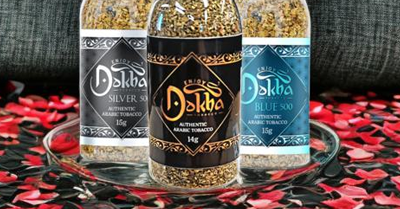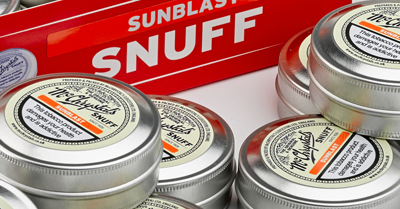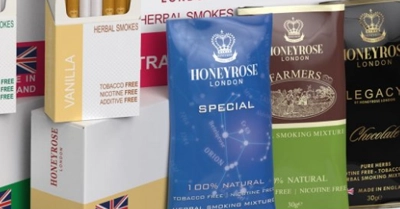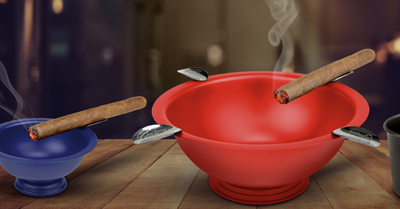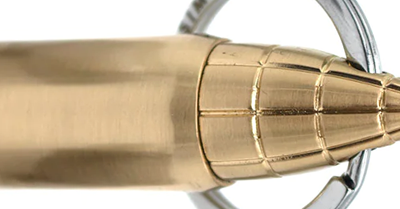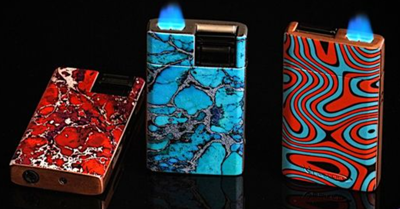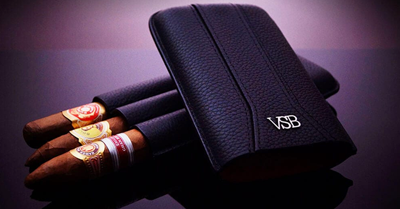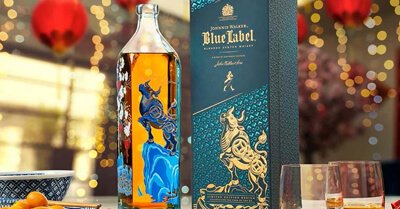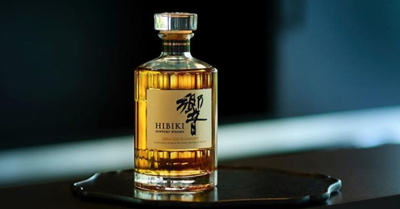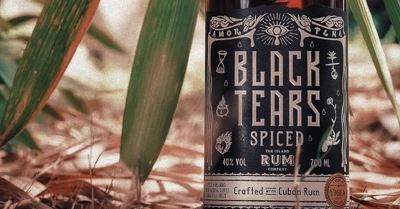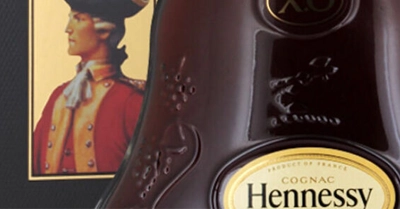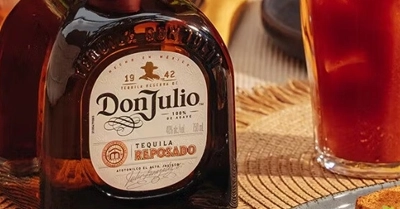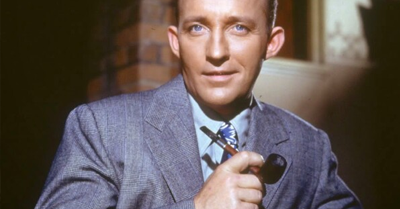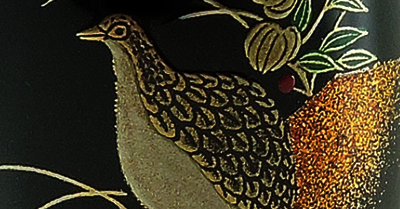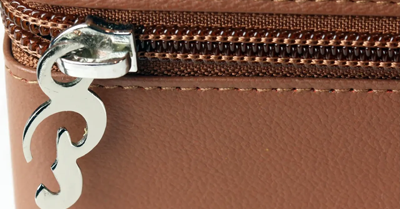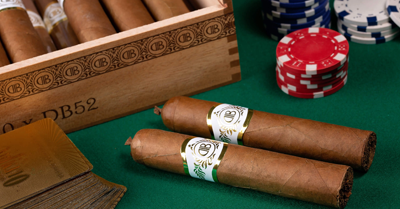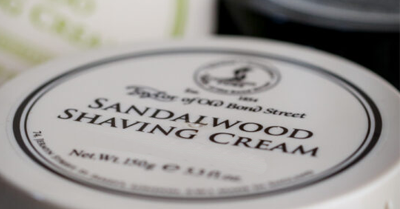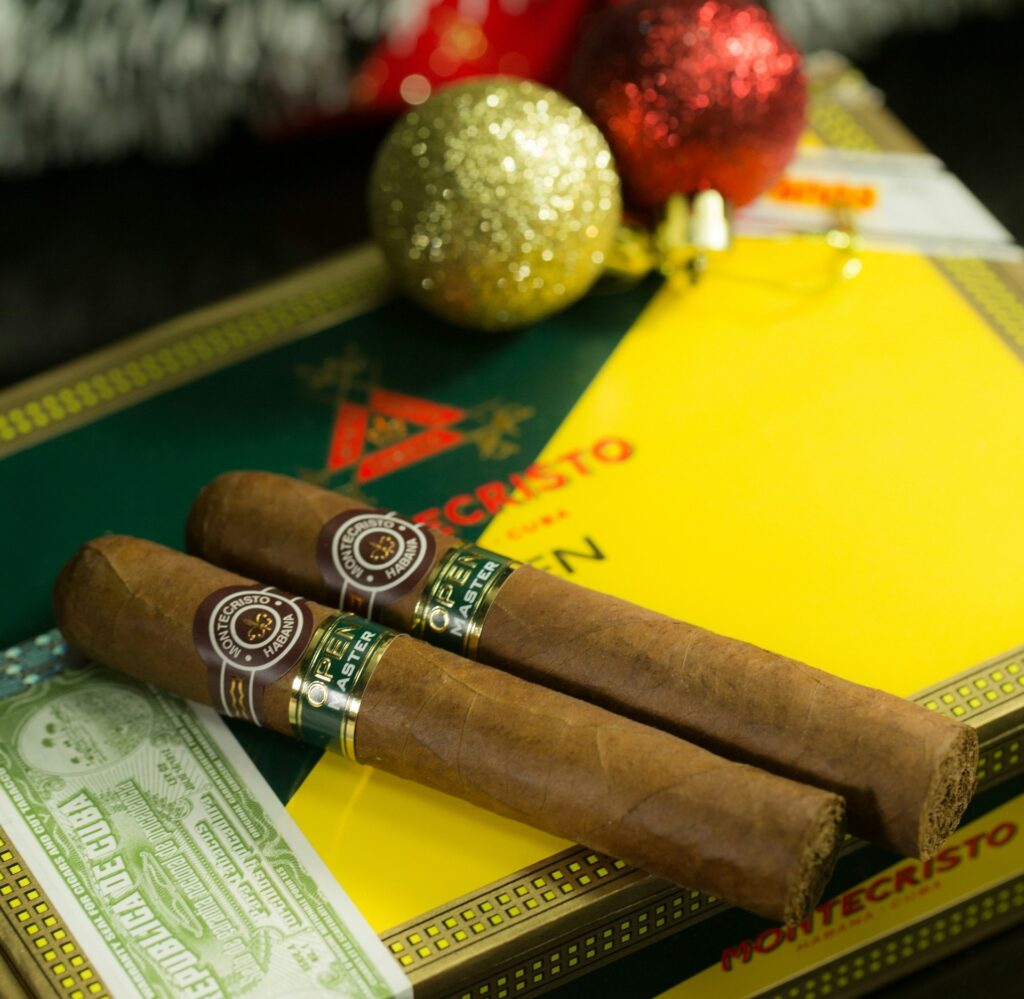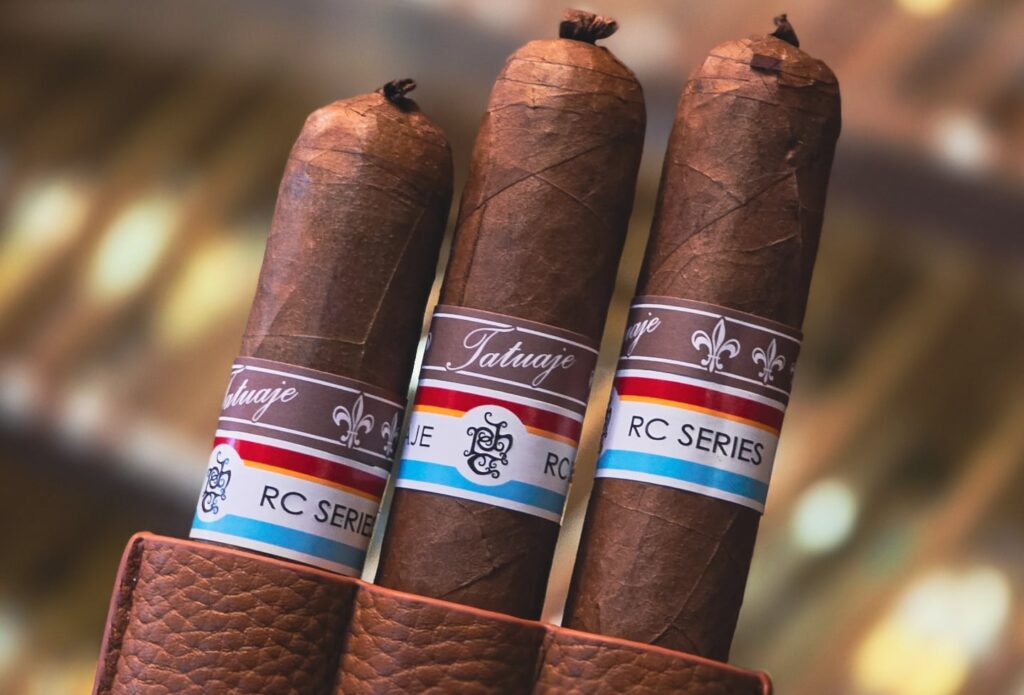Now that 2017 is well and truly underway, it’s time to remind ourselves of the rich and varied history of the cigar and why they are have played such an integral role in cultures throughout time. Knowing more about the background of certain cigars allows you to better understand the cultural significance associated with each brand, and what they may represent. From the classic Cuban cigar to the Romeo and Juliet cigar, here at Havana house we have a cigar for every occasion.
Check out this brief history to make sure you know you’re fully clued up on where they come from.
Cigars have a long and complex history, with various interesting influencers and advancements that have led them to where they are today. In the most basic of terms, they can be defined as ‘a tightly wound bundle of tobacco that is ignited so that smoke can be drawn into the mouth’. They are thought to have remained the same as the ancient Mayans intended for many years, simply tobacco wrapped in palm or plantain leaves. An ancient Mayan pot is evidence of this approach to cigar smoking, as it portrays a man smoking one of these original cigars, suggesting it was a fairly common lifestyle choice at the time. That being said, the exact date that the tobacco plant was discovered remains unknown, as does the point at which they decided to smoke it.
The first Westerners to encounter tobacco were Christopher Columbus and his crew, in October 1492. That means that the end of this year will see tobaccos 525th birthday of known existence, meaning it has survived key events of the last couple of centuries, in its somewhat turbulent time. The explorer and his men soon recognised the growing of tobacco plant amongst natives and realised its value as a commodity. One of Columbus’ lieutenants was particularly drawn to primitive cigar smoking and smoked every single day on the journey back home. The exact name and origin of tobacco remains uncertain, but it is widely suggested that the name was used among pre-Columbian natives of the West Indies and the Mayan verb “sikar” meaning “to smoke” later became the Spanish noun cigarro.
Smoking soon caught on and was particular popular in Spain and Portugal. Jean Nicot, the French ambassador to Portugal then popularised cigar smoking in France, and the word nicotine actually derives from his name. He even experimented with using crushed tobacco leaves snuff, in order to cure migraines, a procedure he tried on Catherine de Medici which succeeded in pain relief, and further cemented the success of tobacco within the aristocracy. Cigar smoking then spread to Italy and other European nations by which time Spanish manufacturers had developed the notion of what’s now known as the ‘rollie’. Specialised papers were used as opposed to leaves, making smoking a refined art, despite criticisms from monarchs of Spain and England.
Although most European cigars were manufactured in Spain, it wasn’t long before Cuba was discovered as the ideal place to grow tobacco, thanks to the country’s climate and thus explaining the comeuppance of the Cuban cigar. While Spain attempted to dominate the industry and infiltrate the cigar industry in Cuba, many producers moved to Florida or the Philippines, which was a Spanish colony at that time. New York was also a popular destination for making cigars, and manufacturers even began the creation process in their own apartments. The state banned the production of cigars for four months, but the ruling was soon upheaved and cigar smoking continued to grow in popularity.
The first half of the 19th century was a notable period for the increasing popularity of the cigars and the Civil War could be referred to as the Golden Age of the Cigar in the U.S. By 1898, the annual consumption of cigars in the U.S alone had surpassed 4 billion. By 1920, that figure had increased to 7 billion. Everyone who wished to smoke cigars had the choice of variety of agreeable flavours at a reasonable price, no matter his or her financial means.
Since then, cigars have risen and fallen in value and cultural importance, yet remain a staple part of a variety of lifestyles chosen by many. Several famous people that have further established its popular and luxurious nature. Sir Winston Churchill, arguably the most famous politician of all time, soon became well known for flashing the “V” for victory sign in one hand and holding a fine La Aroma de Cuba in the other. Following that theme, Bill Clinton had some perhaps controversial political ideas, but he certainly knew how to indulge in a decent cigar when the time was right.
Now that you know all about the history of your beloved cigar, you can appreciate just how far they’ve come. Remember, here at Havana House we have all your needs covered, from cigars and pipes to accessories to make your moment as special as possible!

